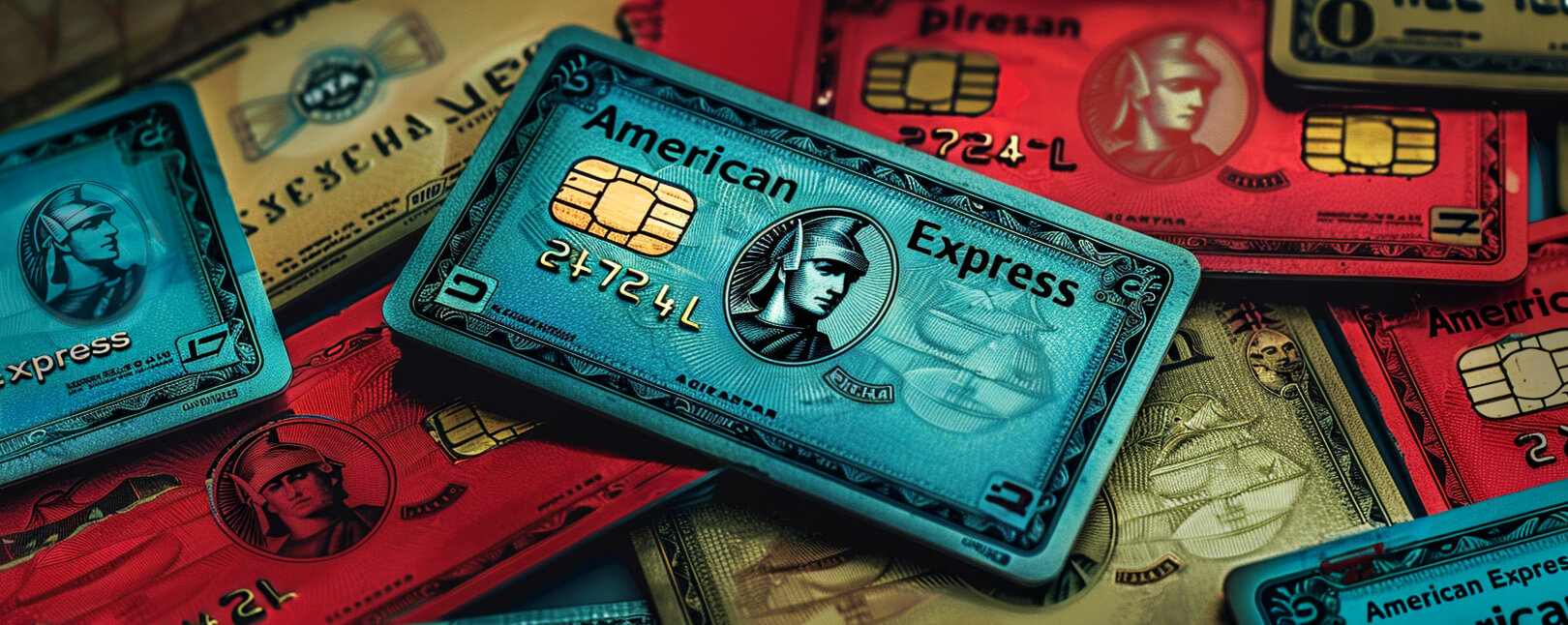10 Tips to Prevent Membership Chargebacks
Offering subscription-based access to a service is a “win-win” deal between merchants and cardholders.
As a merchant, you get to enjoy the comfort of a steady inflow of cash, plus sales you can count on. This ensures you don’t end up with a mound of unsold products on your shelves, or underutilized services. Your customers, in turn, get access to products and services that they want, when they want them, all without breaking the bank upfront.
Let's not paint too rosy a picture, though. You have to remember that the membership model comes with quirks that might not be as much of a concern with other businesses. Take membership chargebacks, for example; these can severely impact your bottom line.
Recommended reading
- Bank of America Disputes: Here's What You Need to Know
- Wells Fargo Disputes: Chargeback Rules & Things to Know
- 10 Tips to Stop DoorDash Chargebacks Before They Happen
- American Express Chargebacks: Rules & Time Limits & More
- Stripe Chargeback Guide: Time Limits & Other Info You Need
- What is a Bank Chargeback? What Makes Them Different?
Membership Chargebacks: At a Glance
This model should be a win-win for all parties involved. When it's time for each payment, the money's automatically deducted from the user’s account via a bank transfer.
Here's the rub, though: since payments are generally on autopilot, folks might forget they’re even paying for a membership. That can mean missed chances to cancel when needed. A customer might also forget a service for some time, then be shocked when they realize how much they’ve paid for an unused membership. There might even be occasional mistakes, like being billed twice during the same period.
A membership chargeback occurs when a customer disputes a charge related to a subscription or membership service with their credit card company. The disputed amount is temporarily reversed and returned to the customer.
After a dispute, the merchant has a chance to prove the validity of the charge. If the merchant fails to do so, however, the chargeback becomes permanent, and the funds are permanently deducted from the merchant's account.
This can happen to any company or agency that charges customers’ cards on a recurring basis to cover a membership fee. This model essentially exchanges services for an annual, semi-annual, or monthly fee.
Why Do Membership Chargebacks Happen?
As mentioned above, membership chargebacks are a complex aspect of the subscription business model. They can happen for a variety of reasons. Let's unpack this a bit.
In essence, membership chargebacks often stem from a mix of misunderstandings, technical errors, and sometimes even fraudulent activities. Effective communication, clear policies, and diligent oversight can help businesses navigate this tricky area. It's an ongoing challenge that requires attention and care, though.
How Do Chargebacks Impact the Membership Industry?
Membership chargebacks hurt the industry as a whole. The more disputes that are filed, the more risky the service appears. That leads to higher processing fees, stricter operating limitations, and more.
Chargebacks can lead to:
Learn more about chargeback costsChargebacks hurt everyone involved in the process. Sometimes even the customers that file them. This is why it’s so important for utility providers to keep ahead of the curve by implementing a few best practices to limit overall industry exposure.
10 Tips to Prevent Membership Chargebacks
Merchants must proactively address membership chargeback issues. The keys to this are improved communication, enhanced customer satisfaction measures, and effective dispute resolution when necessary.
Your firm needs to embrace a customer-centric approach focused on transparency and satisfaction. This proactive approach fosters trust, prevents misunderstandings, and ensures customers make informed decisions about purchases.
To that end, we recommend these ten best practices to decrease your overall chargeback issuances:
#1 | Communicate Clearly
Ensure that all terms, requirements, and other crucial information are clearly communicated to customers. Using plain language and avoiding industry jargon that may confuse or mislead customers is crucial. Providing comprehensive documentation and offering opportunities for customers to ask questions can enhance their understanding and reduce the likelihood of chargebacks resulting from a misunderstanding.
#2 | Educate Customers
Educating customers is essential. You should offer resources like user-friendly guides, online portals, dedicated customer support, etc., to help customers. Regular communication, reminders, and updates about any changes to service or upcoming renewal dates can also minimize confusion and prevent disputes.
#3 | Clarify Billing Practices
Accurate billing practices are critical to prevent billing disputes and chargebacks. You should ensure that invoices and statements are error-free, clearly indicating the services provided, associated costs, and any adjustments or refunds. Billing transparency and easy-to-understand itemization can help customers recognize and validate charges, reducing the chances of membership chargebacks.
#4 | Provide Training
Conducting comprehensive training for sales representatives who engage with customers is crucial. This training should emphasize accurate representation of terms and ensure that sales agents thoroughly understand the products and can effectively communicate them to potential customers.
#5 | Prioritize Customers
Maintaining strong customer service is vital for addressing customer concerns and resolving issues promptly. By offering accessible channels of communication, such as phone, email, or live chat, you can proactively assist customers, clarify uncertainties, and address complaints before they escalate to chargebacks. Timely and empathetic customer support can go a long way in preventing disputes.
#6 | Ensure Compliance
Staying up-to-date with industry regulations and adhering to best practices for data security and privacy can minimize potential compliance issues. Complying with regulatory requirements can reduce the risk of penalties, legal disputes, and subsequent membership chargebacks.
#7 | Automate Reminders
Using automated payment reminders can help customers stay informed about upcoming due dates and avoid missed payments. Sending timely notifications through email, text messages, or mobile apps can prevent accidental lapses in service.
#8 | Improve Documentation
You should ensure that any policy documentation is comprehensive, easily accessible, and written in customer-friendly language. Clear and detailed terms, service limitations, exclusions, and procedures can minimize misunderstandings and disputes.
#9 | Enhance Verification
Implementing thorough verification processes during a transaction can help confirm customers’ identities, intentions, and understanding of the service. This can include additional authentication measures or validation checks to mitigate instances of fraudulent or unauthorized transactions.
#10 | Seek Feedback
Regularly seeking customer feedback through surveys, satisfaction ratings, or online reviews can provide valuable insights into which improvement may be necessary. Addressing customer concerns promptly can help prevent frustrations from escalating into chargebacks and demonstrate a commitment to customer satisfaction.
Learn more about chargeback preventionChargebacks Require a Better Solution
Any combination of the best practices outlined above can help your company create a solid framework to minimize membership chargebacks. You can also enhance customer satisfaction and ensure a smooth and secure experience for customers in the process.
All that said, a piecemeal strategy won’t be effective. True fraud prevention and risk mitigation require a more comprehensive approach. Fortunately, we can help.
Chargebacks911® offers a true end-to-end technology platform that prevents more disputes, wins more reversals, and maximizes your ROI. Contact us today for more information on how to improve customer service to prevent chargebacks.
FAQs
Can I do a chargeback for a subscription?
Yes, a customer can initiate a chargeback on a subscription fee if they believe the charge is unjustified or incorrect. This might occur if they think they've canceled the service, don't recognize the charge, or if there's been an error in billing. The credit card provider or bank will investigate the claim, and the charge will be reversed if found valid.
What qualifies for a chargeback?
A chargeback is considered valid when filed due to issues like receiving a defective or incorrect product, unauthorized charges, or non-delivery of goods. The credit card company or bank then investigates the claim and, if found legitimate, reverses the transaction. The exact qualifications may vary by payment provider and jurisdiction.
Do you always get your money back with a chargeback?
No, customers do not always get their money back by filing a chargeback. The bank or credit card provider will investigate the claim, and if the merchant successfully proves that the charge was legitimate, the chargeback may be denied. It's a process that aims to protect both parties, and the final decision is made based on the evidence provided.
What is an illegal chargeback?
Illegitimate chargebacks, also known as "friendly fraud," can occur when a customer intentionally disputes a legitimate charge. The buyer may falsely claim that the charge was unauthorized or incorrect. Even though they may have received the product or service, they attempt to deceive the merchant and financial institution to recover the funds. This behavior can have legal consequences, depending on the scale of the incident.














